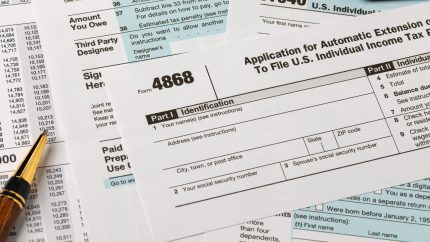Do kids still get allowances?
Though Larsa Pippen gives her daughter a $2,500 monthly allowance, can the average American family afford and/or benefit from the practice?
Remember the concept of monthly or weekly allowances? Depending on your household, you were either given an allowance for doing household chores or, if you were lucky, your parents gave you an allowance just because. Whether that money was your spending money or stowed away safely in your piggy bank, allowances are many children’s first taste of financial independence.
Research found that in households that do give allowances, most kids and teens (ages 5-19) receive an average of $11 weekly. However, in the Pippen household, Larsa Pippen revealed that she gives her 15-year-old daughter, Sophia, $2,500 a month to cover her personal expenses.

“You guys understand, like, L.A. is super expensive,” she said, per People magazine. “So after school, [Sophia] orders food or Uber or buys presents for her friends’ birthdays.”
Now, considering the financial reality for most families in the United States, a $2,500 monthly allowance may not be feasible for the average person. However, the seemingly dying art of giving children allowances could be something worth considering when raising kids today:
Benefits a child’s financial literacy
As previously reported by theGrio, financial experts say the age-old technique of giving children an allowance is a gateway to teaching them about money. One of the keys to building generational wealth and healthy financial habits is through candid discussion. Allowance systems, whether earned through household chores or good grades, introduce children to the basics of money management. In addition to opening the doors for financial conversations and lessons, allowances give children hands-on experiences dealing with money without the high stakes seen in the real world. This ultimately allows children to get comfortable with money at an early age and grow a deeper understanding of finances as they get older.
If you’re unsure of how much to give in allowances, experts advise starting off by giving $1 to $2 for each year of their age. For example, a 7-year-old would receive $7.00, etc.
Recommended Stories
Fosters a sense of independence
Additionally, offering an allowance dismantles the “money grows on trees” attitude some children tend to possess. Kids are always asking their parents to buy them something new, whether it’s a toy, a video game, shoes, etc. However, now, in addition to inflated prices, kids are finding interest in more expensive, trendy items like Stanley cups and luxury skincare brands because they are seeing their favorite influencers use them.
By implementing an allowance system, parents can easily teach their children how to budget and spend responsibly despite the growing trends of consumerism. The set amount and scheduled distribution of funds inherently puts kids on budget and allows them to see how and where their money goes when shopping.
Never miss a beat: Get our daily stories straight to your inbox with theGrio’s newsletter.








